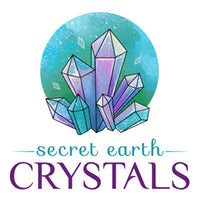ONYX
Specifications
Mineral Class: Silicate
Crystal System: Trigonal
Hardness: 6.5 - 7
Luster: Vitreous
Diaphaneity: Translucent, Transparent
Colors: White, Black, Brown, Green, Orange
Symbolizes: Change
Source: Afghanistan, Brazil, India, Madagascar, Peru Uruguay, and USA


Onyx refers to a parallel banded variety of the silicate mineral Chalcedony. Agate and Onyx are both varieties of layered Chalcedony that differ only in the form of the bands. Agate has curved bands and Onyx has parallel bands. Its bands are parallel to one another, as opposed to the more chaotic banding that often occurs in Agate. These swirls and spirals represent change and development. The colors of its bands range from white to almost every other color. Common specimens of onyx contain bands of black and white. Onyx as a describer, has been applied to varieties, Alabaster, Marble, Obsidian and Opal. Onyx is cryptocrystalline, consisting of fine inter growths of the silica minerals Quartz and Morganite.
Onyx was used in Egypt as early as the Second Dynasty to make bowls and other pottery items. It has a long history of use for hardstone carving and jewelry, where it is usually cut as a cabochon or into beads. It has also been used for cameo engraved gems, where the bands make the image contrast with the ground.
